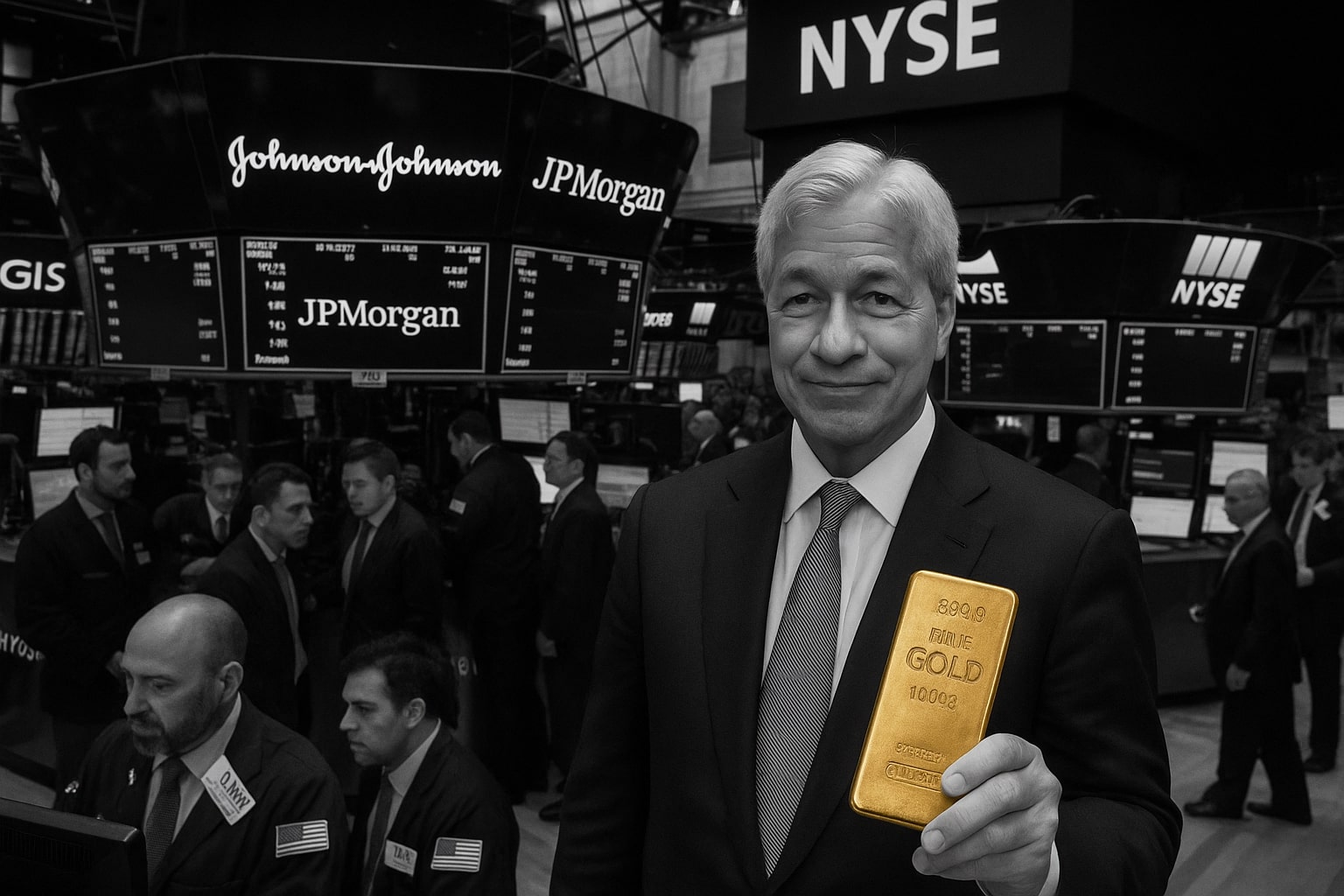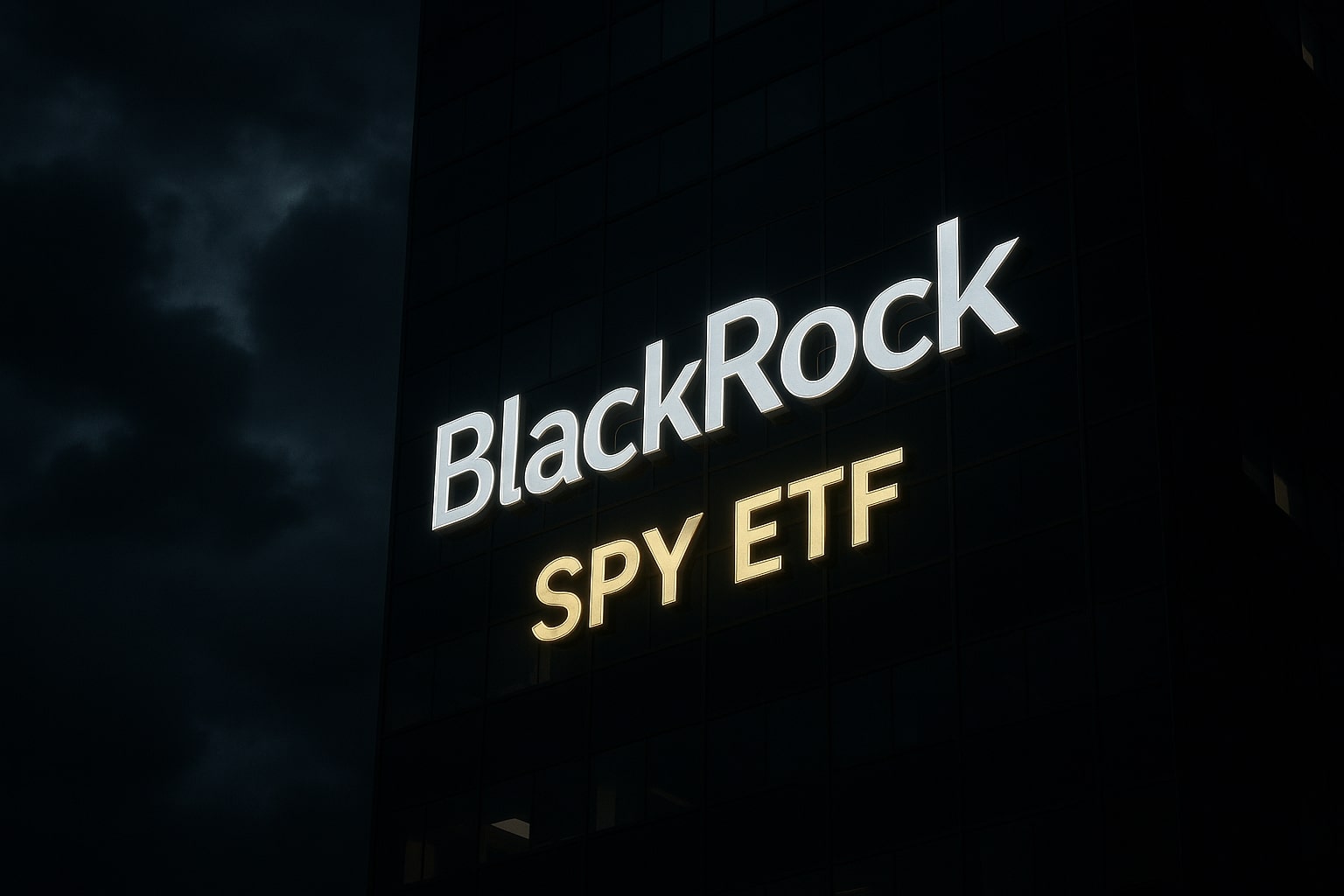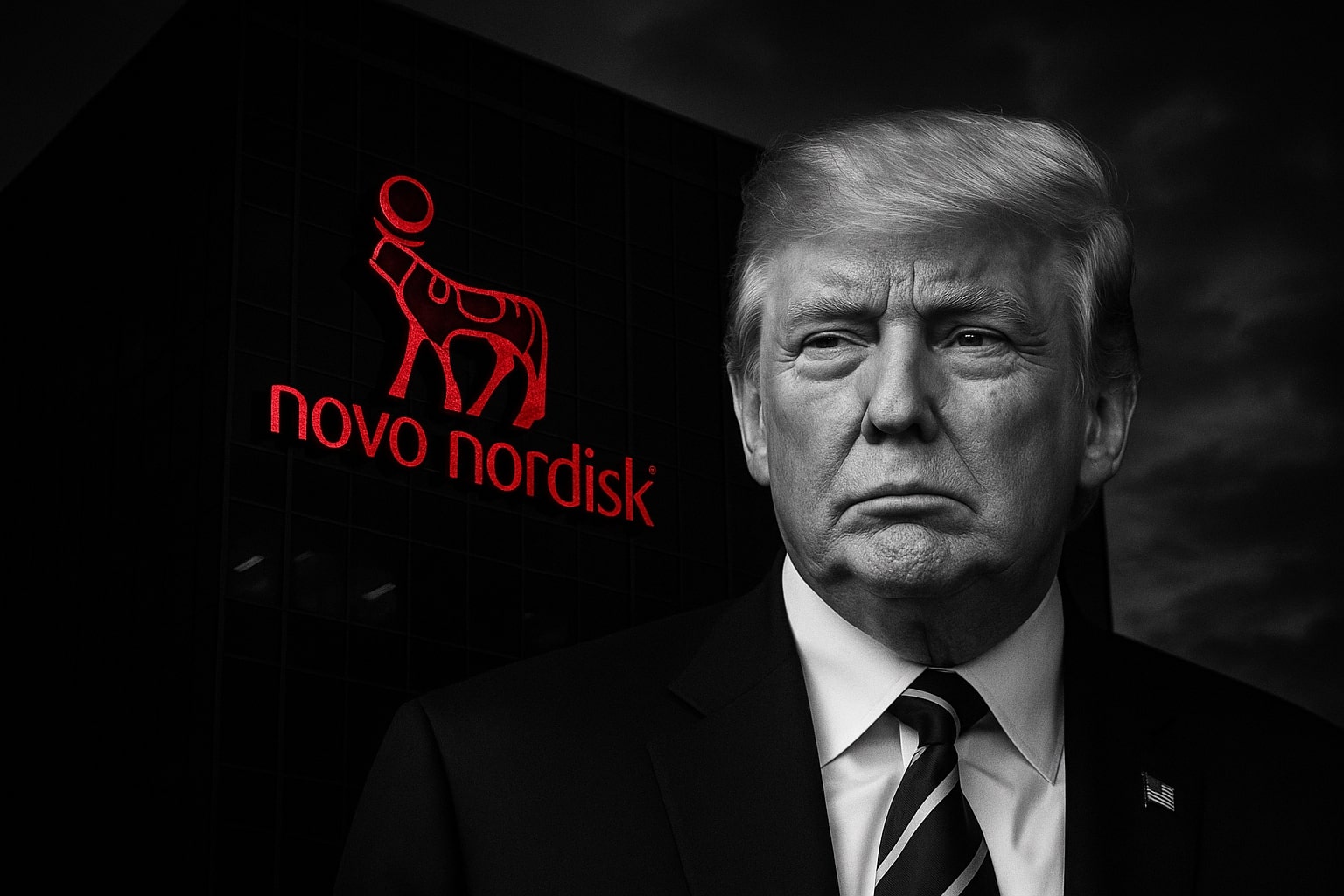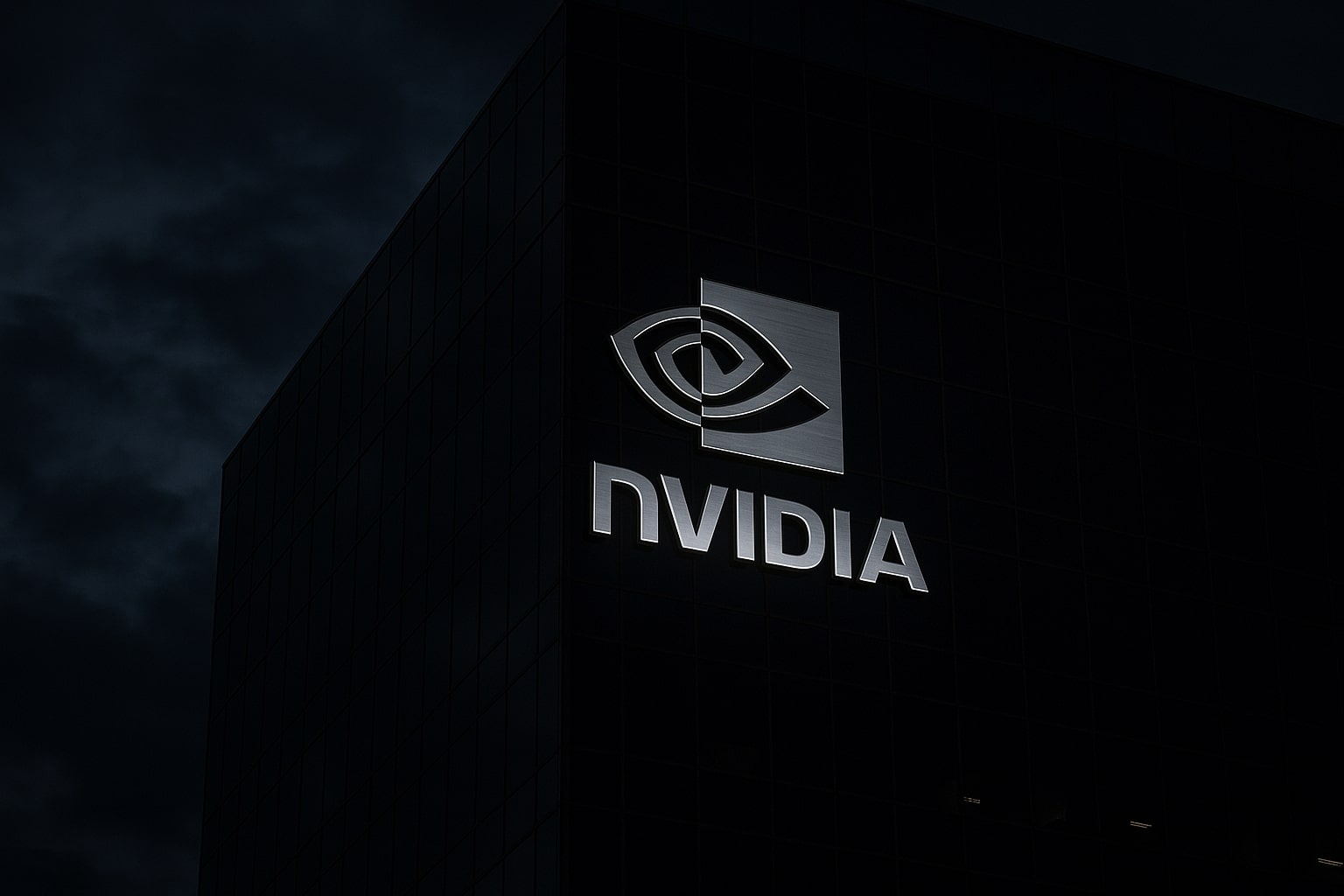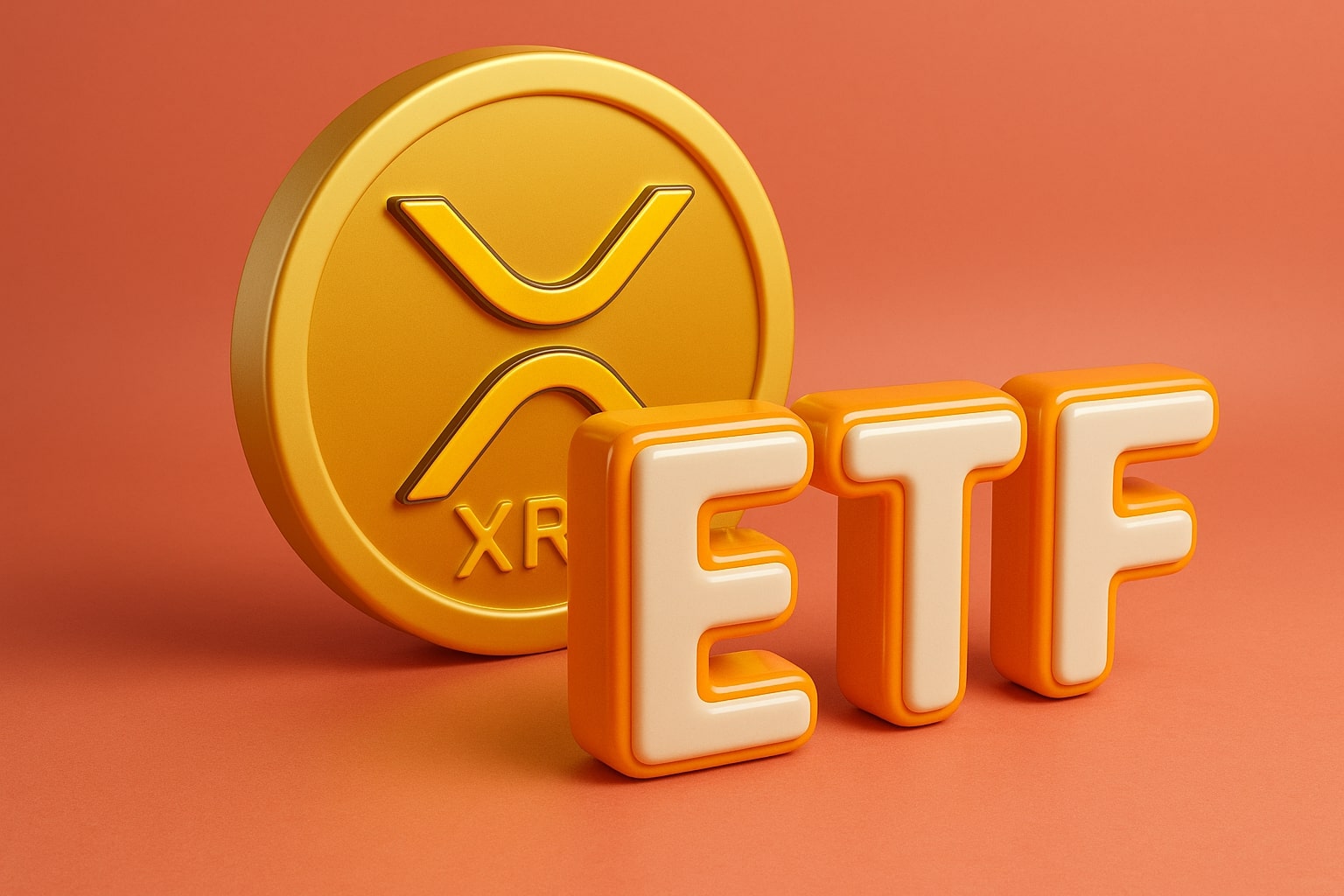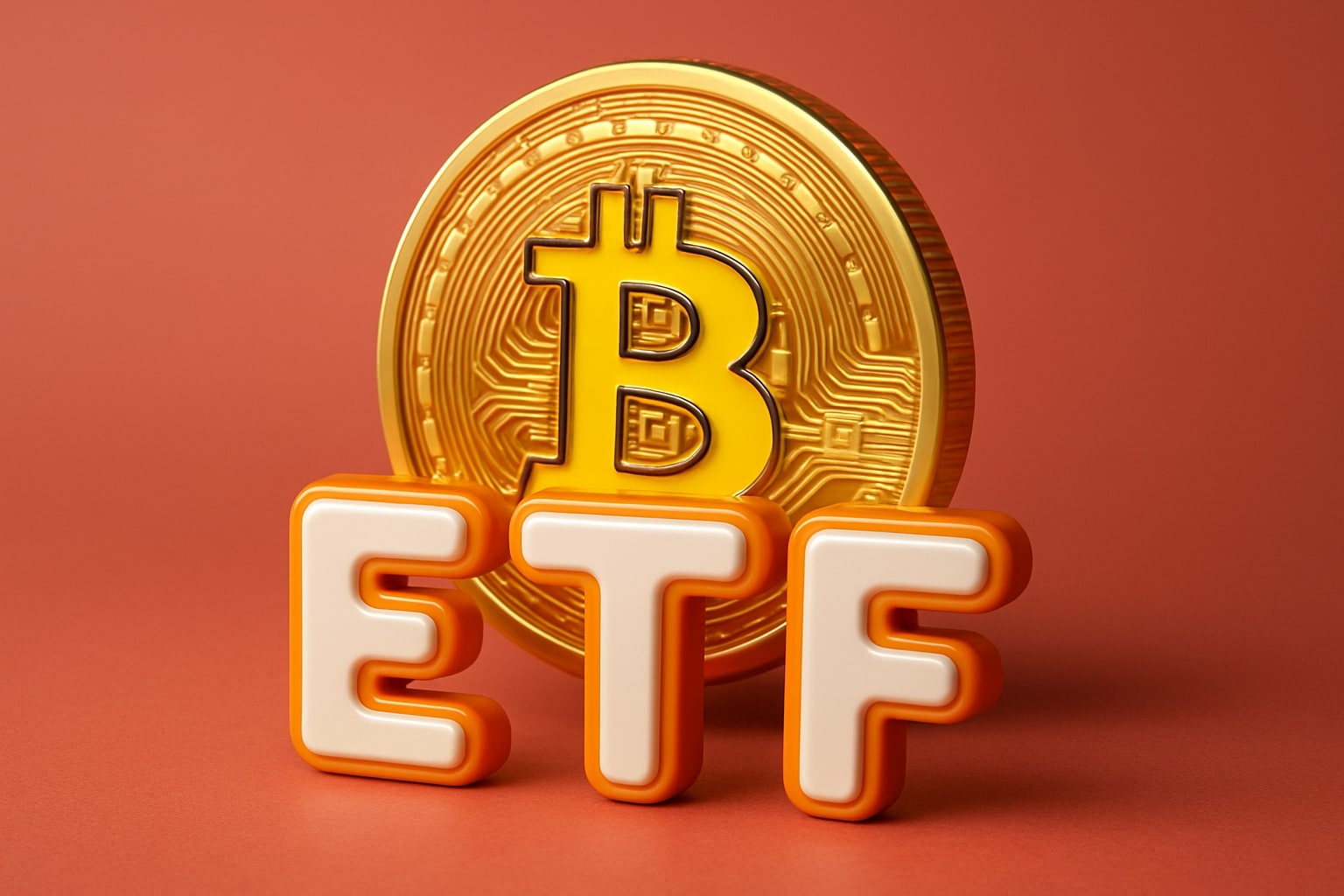Wall Street Struggles as Tariff Clash Rekindles Global Market Tension
U.S. equities reversed Monday’s rebound as the week opened with renewed volatility tied to Washington-Beijing trade tensions. The S&P 500 (^GSPC) slipped 0.45% to 6,624.70, the Nasdaq Composite (^IXIC) dropped 0.91% to 22,488.13, and the Dow Jones Industrial Average (^DJI) lost 0.05% to 46,046.78, trimming an early 1.4% plunge. The VIX surged nearly 10% to 20.95, marking its highest close since April, signaling the return of risk aversion. The trigger came from Beijing’s sanctions on five U.S. subsidiaries of Hanwha Ocean (042660.KS), accused of aiding American strategic interests. Both countries began imposing special port fees, intensifying maritime confrontation. Treasury Secretary Scott Bessent escalated rhetoric, describing China as “in a recession/depression,” warning Beijing aims to “pull everybody else down.” The global market reaction was swift — Japan’s Nikkei 225 plunged 2.6%, its worst day since April, while the DAX and KOSPI fell over 1%, exposing investors’ renewed sensitivity to geopolitical shocks.
Major Banks Open Earnings Season Amid Uneven Market Reaction
Wall Street’s banking giants kicked off third-quarter results, setting the tone for earnings season. JPMorgan Chase (JPM) reported $14.4 billion in profit, up 12% year over year, supported by 17% growth in investment banking revenue to $2.6 billion and 25% higher trading revenue at $8.94 billion. Despite the robust numbers, shares fell 1.9% to $302.18 after CEO Jamie Dimon cautioned that “significant risks persist” across tariffs, deficits, and inflated asset prices. The bank also booked a $170 million charge-off linked to the bankruptcy of subprime auto lender Tricolor Holdings, a case Dimon called “not our finest moment.” Technical traders flagged $301.97 as a crucial short-term support, representing the 50-day moving average.
Wells Fargo (WFC) stood out with a 7.4% rally to $84.73, after raising its medium-term ROTCE target to 17–18%, from 15%, following the removal of its regulatory asset cap. Goldman Sachs (GS) slipped 2.4% to $767.87, even as investment banking revenues beat forecasts, while Citigroup (C) gained 1.9% to $97.98 on stable consumer banking performance. The Invesco KBW Bank ETF (KBWB) rose 1.13% to $75.82, showing that investors selectively rewarded stronger balance sheets while trimming exposure to risk-heavy lenders.
BlackRock Expands Record AUM to $13.5 Trillion as ETF Demand Surges
Amid equity turbulence, BlackRock (BLK) advanced 1.09% to $1,167.72, after announcing a record $205 billion in Q3 inflows, lifting total assets under management to $13.5 trillion. The firm saw $171 billion of long-term fund inflows, surpassing analyst expectations, and $153 billion in ETF inflows, pushing global ETF assets beyond $5 trillion for the first time. CEO Larry Fink said BlackRock is entering its “seasonally strongest quarter with building momentum,” crediting strong private credit performance and institutional allocations to income funds. These flows reflect a market pivot toward fixed income and alternatives as valuations across U.S. equities appear stretched.
Tech Stocks Drag the Nasdaq Lower as AI Leaders Reprice
Technology shares led declines, erasing the previous day’s gains. Nvidia (NVDA) fell 3.6%, leading the “Magnificent Seven” retreat, with Tesla (TSLA) down 3.2%, Amazon (AMZN) off 2.2%, and Meta Platforms (META) slipping 1.3%. Alphabet (GOOGL), Microsoft (MSFT), and Apple (AAPL) posted modest declines under 1%. Meanwhile, Broadcom (AVGO) fell 3.5% after rallying Monday on news of a major AI chip deal with OpenAI. Advanced Micro Devices (AMD) bucked the trend, rising 1.38% to $219.40, after revealing it will supply Oracle (ORCL) with 50,000 AI chips, expanding its data center footprint. AMD stock is up 36% in a month, buoyed by a separate 6 GW GPU contract with OpenAI. Arm Holdings (ARM) gained 1.9% to $175.20, following reports of talks with OpenAI to use Arm-based CPUs for AI infrastructure.
Despite AI enthusiasm, valuation fears persist. A Bank of America survey found 54% of global fund managers now believe AI stocks are in bubble territory, a reversal from last month’s 50% dismissing such concerns. The Nasdaq’s heavy concentration in these names amplified its vulnerability, as the index logged three consecutive 1% swings, its most volatile streak since April.
Safe Havens Shine as Gold and Silver Reach Historic Highs
Precious metals extended their record-breaking rally as investors rotated into havens. Gold (GC=F) advanced 0.56% to $4,156.10 per ounce, marking its ninth weekly gain, while Silver (SI=F) hit $50.51, touching $52.50 intraday, its highest since 1980. A liquidity squeeze in London forced traders to air-freight silver bars across the Atlantic, with premiums narrowing from $3 to $1.55 per ounce. Demand surged on concerns over delayed U.S. data releases amid the government shutdown, which postponed the September CPI to October 24. With retail sales and producer price data also delayed, the market focused on Fed Chair Jerome Powell’s upcoming speech for policy clues.
Energy and Commodities Retreat as Oil Dips Below $60
Energy markets reversed earlier gains, extending their month-long slide. Brent crude (BZ=F) dropped 2% to $61.93, while WTI crude (CL=F) fell 1.9% to $58.15, dragged by slowing Chinese demand and escalating tariff fears. The S&P GSCI Index declined 0.4% to 540.88, as falling energy prices offset the surge in precious metals. Analysts warned that persistent price weakness could pressure energy earnings and complicate inflation forecasts.
Crypto Market Loses $150 Billion as Investors Exit Risk
Digital assets endured another steep correction. Bitcoin (BTC-USD) tumbled 3.77% to $111,543, about 12% below its October peak of $126,272, while Ethereum (ETH-USD) dropped 7% to $3,990, bringing the total crypto market loss to $150 billion in 24 hours. Nearly $19 billion in leveraged positions were liquidated following President Trump’s tariff threats and Beijing’s retaliatory measures. The selloff underscored the asset class’s sensitivity to global liquidity and risk sentiment. Gold’s stability against crypto’s drawdown reinforced its safe-haven dominance during geopolitical stress.
Critical Minerals and Industrials Rally on U.S. Strategic Interest
Resource stocks in the U.S. and Australia surged on signs of new American investment in critical minerals. Nova Minerals (NVA) soared 77% to $60.53 after confirming the White House requested a briefing on its Alaskan Estelle Gold and Critical Minerals Project, backed by a $43.4 million U.S. Department of War grant. Resolution Minerals (RML.AX) rose 55%, alongside Arafura Rare Earths (ARU.AX) (+25%), ASM (Australian Strategic Materials) (+66%), and Lynas Rare Earths (LYC.AX) (+5%), all beneficiaries of potential U.S.-Australian supply chain cooperation. Sweden’s Ericsson (ERIC) climbed 18% to $9.65, beating forecasts with 15.4 billion SEK EBIT, and downplaying tariff exposure after securing a $14 billion AT&T contract and a five-year deal with Vodafone.
Corporate Moves: J&J Restructures, GM Takes Charge
Healthcare giant Johnson & Johnson (JNJ) dropped 1.79% to $187.48 after announcing it will spin off its orthopedics unit DePuy Synthes within 24 months. Adjusted EPS reached $2.80, beating estimates of $2.76, as revenue rose 6.8% across both pharma and devices to $15.56 billion and $8.43 billion, respectively. The company raised 2025 guidance to $93.5–93.9 billion, above Wall Street’s $93.4 billion forecast.
General Motors (GM) rose 1.38%, despite warning of a $1.6 billion charge linked to weaker EV demand. Polaris (PII) surged 10% after offloading its Indian motorcycle brand, while Navitas Semiconductor (NVTS) soared 23% on progress developing power devices for Nvidia’s architecture.
Macro Pressure Builds as Yields Drop and the Dollar Holds Firm
Bond yields declined on safe-haven inflows. The 10-year Treasury yield fell to 4.047%, while the 2-year dropped to 3.508%, steepening the curve slightly. The U.S. Dollar Index (DXY) edged down 0.01% to 96.43, hovering near its two-month average. The VIX broke above its 200-day moving average at 19.24, confirming a “risk-off” regime. Longview Economics warned of an early-stage market pullback, citing overbought conditions and speculative call-option activity. Their selloff indicator — which has accurately signaled prior drawdowns — now points to a potential 3–5% correction.
Market Structure, Positioning, and Institutional Signals
Breadth deteriorated sharply across major indices. Only four of the S&P’s eleven sectors closed higher, led by financials and materials, while tech and communication services lagged. The S&P 500 advance/decline ratio sank below 0.5, its weakest since July. Global allocation to U.S. equities hit an eight-month high, increasing the risk of a coordinated de-risking if volatility persists. The IMF warned in its latest financial stability report that asset valuations are “stretched,” and that “concentration risk is at historic highs,” with Big Tech responsible for most market gains. Governments were urged to curb borrowing to prevent a yield shock that could trigger “broad and disruptive ramifications.”
Strategic Market Outlook and Investment Bias
The balance of data points to a market caught between earnings momentum and macro fragility. Rising tariffs, delayed data, and valuation extremes have shifted sentiment toward defense. The short-term tone is bearish, though select names merit distinction. BUY: Wells Fargo (WFC) for profitability leverage, BlackRock (BLK) for capital inflow strength, and Nova Minerals (NVA) for strategic exposure to critical minerals. HOLD: AMD (AMD), Arm (ARM), and Oracle (ORCL) as AI adoption grows but valuation risk rises. SELL: Nvidia (NVDA), Tesla (TSLA), and Meta (META) due to speculative excess and geopolitical exposure.
With gold above $4,150 and Bitcoin below $112,000, capital rotation is evident. The market’s next direction hinges on Powell’s tone, tariff developments, and the durability of corporate earnings. Until then, volatility — not valuation — will define the trading narrative across the Nasdaq, S&P 500, and Dow Jones Industrial Average.
That's TradingNEWS














